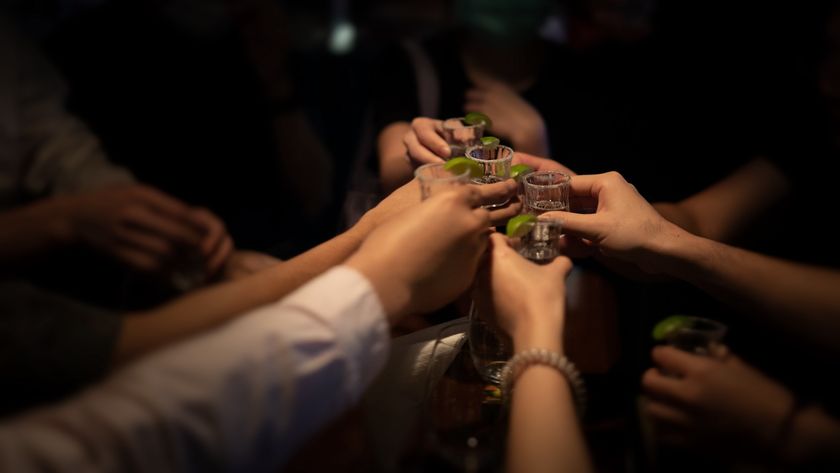Women's Alcohol Consumption Catches Up to Men's

Across the world, women now consume nearly as much alcohol as men do, according to a new study.
The findings show that the gap between men's and women's drinking habits is closing. This is particularly true for women born in the last 15 to 25 years, the researchers said.
"Alcohol use and alcohol use disorders have historically been viewed as a male phenomenon," the researchers, from the University of New South Wales in Australia, wrote in the Oct. 24 issue of the journal BMJ Open. "The present study calls this assumption into question" and suggests that efforts to reduce the harms of alcohol use should include young women, the researchers said. [Here's How Much Alcohol Is OK to Drink in 19 Countries]
In decades past, men typically consumed more alcohol than women and were more likely to experience alcohol-related problems, such as alcohol addiction. Some studies suggested that alcohol use and alcohol-related problems were up to 12 times more common in men than women, the researchers said.
In the new study, the researchers analyzed information from more than 4 million people living in countries around the world, who were born as long ago as 1891 and as recently as the year 2000. The data came from 68 previously published studies that compared men's and women's drinking patterns.
The results showed that men born between 1891 and 1910 were 2.2 times more likely to consume alcohol than women born in that time period. But among men and women born between 1991 and 2000, the rates of alcohol consumption were nearly equal, with men just 1.1 times more likely to consume alcohol than women.
Men and women have also become more similar in their rates of problematic alcohol use (such as binge drinking) and their rates of experiencing harm from alcohol (such as alcohol dependence).
Sign up for the Live Science daily newsletter now
Get the world’s most fascinating discoveries delivered straight to your inbox.
Men born between 1891 and 1910 were three times more likely to have an alcohol use problem compared to women born at the same time, but among people born between 1991 and 2000, men were just 1.2 times more likely to have an alcohol use problem. Finally, men in the oldest group in the study were 3.6 times more likely to experience harm from alcohol use compared to women at the time, while men in the youngest group were just 1.3 times more likely to experience alcohol-related harm.
"[These] findings confirm the closing male-female gap in indicators of alcohol use and related harms," the researchers said.
This was most evident for young adults, born in the most recent years in the study (1990 to 2000).
The researchers noted that their study was not designed to determine whether the closing gap is due to women drinking more alcohol or men drinking less alcohol. But most of the studies suggested that the convergence of men and women's drinking habits was driven by a greater use of alcohol among women.
The findings also highlight the importance of continuing to track the drinking habits of young adults as they age into their 30s, 40s and beyond, the researchers said.
Original article on Live Science.

Rachael is a Live Science contributor, and was a former channel editor and senior writer for Live Science between 2010 and 2022. She has a master's degree in journalism from New York University's Science, Health and Environmental Reporting Program. She also holds a B.S. in molecular biology and an M.S. in biology from the University of California, San Diego. Her work has appeared in Scienceline, The Washington Post and Scientific American.













